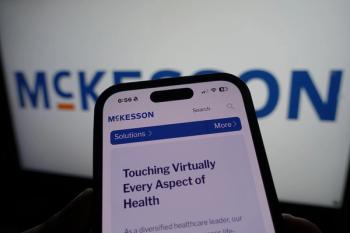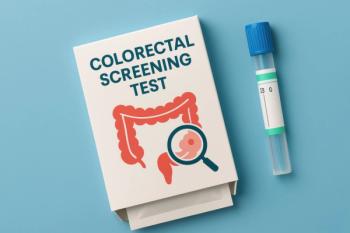
Light Sensitivity Linked With Lower Quality of Life in Myasthenia Gravis
Key Takeaways
- Light sensitivity in MG patients correlates with reduced quality of life but not with overall disease severity.
- One-third of MG patients in the study experienced light sensitivity, compared to a small fraction of healthy controls.
New research reveals light sensitivity significantly impacts quality of life in myasthenia gravis patients, highlighting the need for targeted treatment strategies.
Patients with
Patients with MG commonly report experiencing ptosis and diplopia, wrote corresponding author Raffaele Iorio, MD, PhD, of the Catholic University of the Sacred Heart, in Italy, and colleagues. Some patients with MG also
Iorio and colleagues sought to better understand the issue of light sensitivity in patients with MG and to see how the symptom affected patients’ quality of life.1
To do so, the investigators enrolled a series of patients who sought care for MG at an Italian hospital between March and October 2023, and then found demographically matched healthy controls to act as a comparison group. Participants were given a handful of questionnaires to complete. The first—the Visual Light Sensitivity Questionnaire—assesses light sensitivity. The others—the Quantitative Myasthenia Gravis, the MG Activities of Daily Life scale (MG-ADL), and the MG Quality-of-Life 15 questionnaire (MG-QoL-15)—are designed to assess disease severity and MG’s impact on patients’ daily lives.
Of the 92 participants with MG, the investigators found about one-third (n = 33) met the criteria for light sensitivity, compared to just 3 of the 75 healthy controls.
Data from the 3 MG assessments suggested that light sensitivity was positively correlated with a diminished quality of life (P = .0003), but it did not have a significant correlation with the other 2 scales, which measure overall disease severity.
“This highlights that while LS [light sensitivity] may contribute to the disease burden of MG patients, it does not necessarily align with broader clinical measures of MG severity,” Iorio and colleagues wrote.
When the investigators looked deeper, though, they found that patients with more severe light sensitivity also had greater degrees of ocular muscle weakness according to the MG-QoL and MG-ADL assessments.
“This finding aligns with our previous hypothesis that LS might arise as a compensatory mechanism for ocular symptoms such as ptosis,” they said.
The investigators cautioned, though, that their data did not indicate a significant gap in ocular scores between patients with and without light sensitivity. They said that question warrants further investigation in a larger study. They said further investigations should also use tools like pupillometry, imaging, and functional assessments of ocular muscles to better explain how light sensitivity occurs in patients with MG.
Iorio and colleagues characterized their findings as preliminary, noting that they had a limited number of patients and that their study was cross-sectional, not longitudinal. Furthermore, they said light sensitivity can be difficult to characterize in an objective way, even when excluding potential confounding factors. They said better methods of assessing light sensitivity would bolster any future studies into the question of light sensitivity and MG.
Still, Iorio and colleagues said their data suggest light sensitivity may be an important symptom to consider when studying patients with MG and when treating patients dealing with the day-to-day consequences of the disease.
“Proactive identification and treatment strategies aimed at light sensitivity may help enhance overall quality of life,” they said.
References
1. Sabatelli E, Bonagura L, Falso S, et al. Light sensitivity in myasthenia gravis: clinical characteristics and impact on quality of life. Muscle Nerve. Published online March 5, 2025. doi:10.1002/mus.28386
2. Hartford CA, Sherman SA, Karantzoulis S, et al. Experience of daily life with generalized myasthenia gravis: a qualitative investigation and assessment of instrument content validity. Neurol Ther. 2023;12(6):2079-2099. doi:10.1007/s40120-023-00544-y
Newsletter
Stay ahead of policy, cost, and value—subscribe to AJMC for expert insights at the intersection of clinical care and health economics.













































